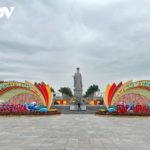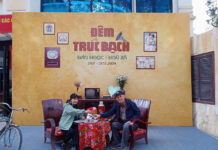The Yin Yang Market is a unique event that takes place once a year in O Village, now known as the Xuan O neighborhood in Vo Cuong Ward, Bac Ninh City. The market opens in the late afternoon of the fourth day of the lunar year and ends early the next morning.
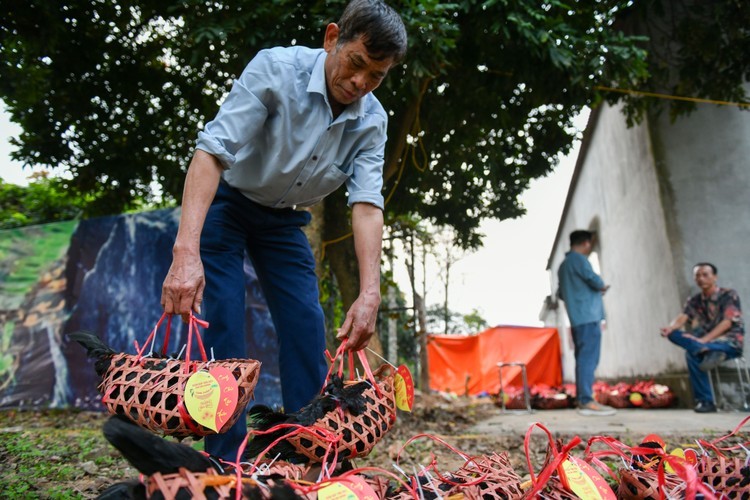 |
| Legend has it that the market was a place where deceased individuals would meet their living friends and relatives. Photo: Giaoducthoidai |
According to Nguyen Xuan Hung, the head of the Xuan O neighborhood, the market was a place where living people would connect with the afterlife. They would burn incense, votive paper, candles, or oil lamps to establish a connection with their deceased loved ones.
The Yin Yang Market has evolved into a cultural activity that is deeply rooted in the folk beliefs of the Kinh Bac people. As the night progresses, the market becomes less crowded, and attendees gather to share water and pieces of betel while listening to local Bac Ninh love songs, known as Quan Ho Bac Ninh.
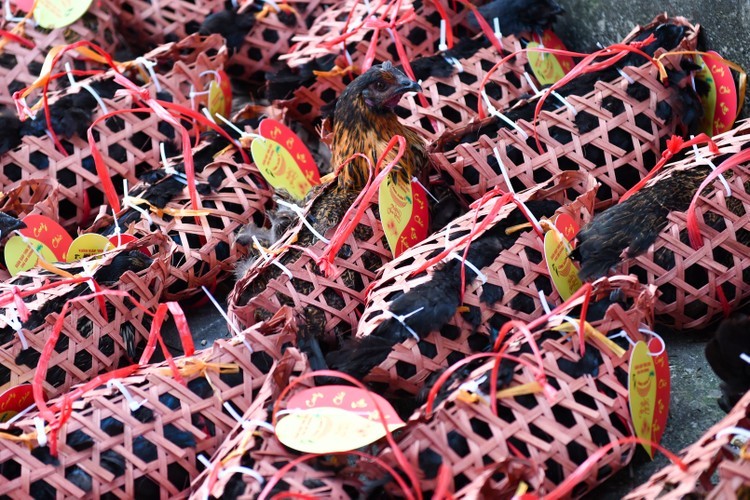 |
| The main items exchanged at the market include black cocks, fake money, incense, betel, and areca nuts. Photo: Giaoducthoidai |
Historical records indicate that the Yin Yang Market dates back to the year Nham Dan 43 AD. The market only takes place once a year, on the night of the fourth day of the Lunar New Year, ending at dawn on the fifth day of January.
According to belief, the Yin Yang Market serves as a meeting place for the souls of ancestors and relatives who return to reunite with the living. Attending the market is seen as a way to comfort and support each other in coping with the grief of losing loved ones. This belief, combined with religious rituals, is a distinctive characteristic of the spiritual lives of the people in Northern Vietnam.
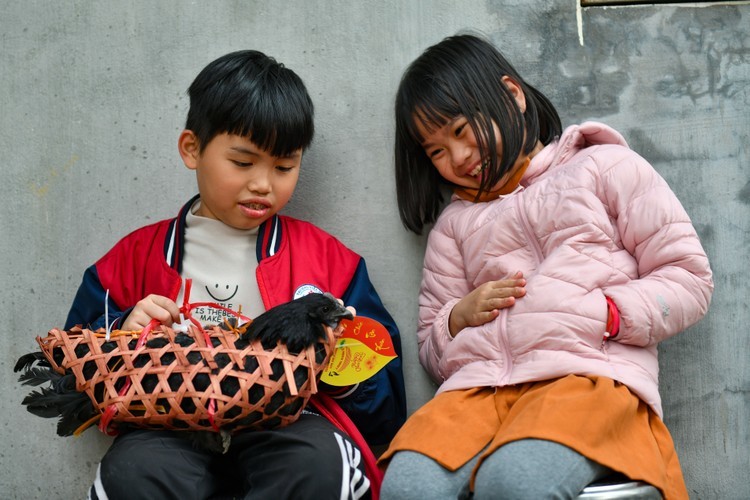 |
| People believe that there will be the souls of their ancestors and relatives coming back to meet the living again. Photo: Giaoducthoidai |
Despite being called a market, there are few actual stores or stalls. Instead, attendees bring live chickens to sacrifice as an offering. Bargaining is minimal, with discussions being held in hushed voices.
Due to the presence of departed souls, who come to buy items and share their sorrows, participants avoid talking or laughing loudly, as it may frighten the souls. They also refrain from using any bright light to avoid disturbing the souls, as black cocks are known to crow and scare them away.
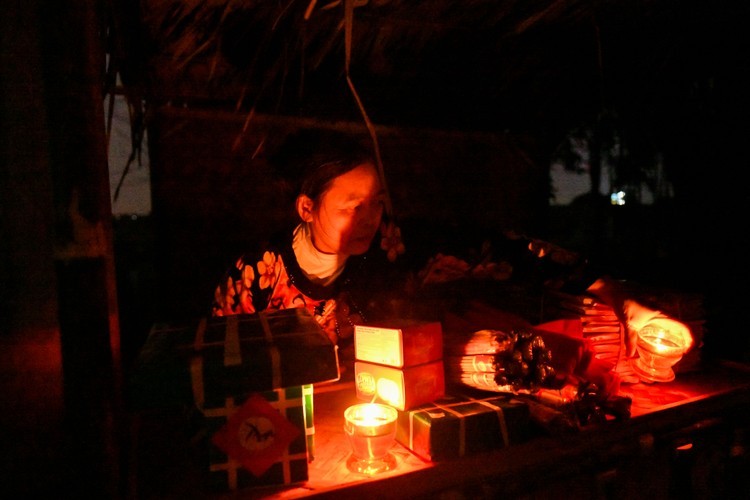 |
| People gather at the market to make New Year wishes and enjoy local Quan Ho melodies. Photo: Giaoducthoidai |
To the locals, the market is similar to a harvest festival celebrated in other regions. People visit the market to make wishes for a prosperous new year and enjoy local Quan Ho folk songs.
Items commonly exchanged at the market include black cocks, fake money, incense, betel, and areca nuts.
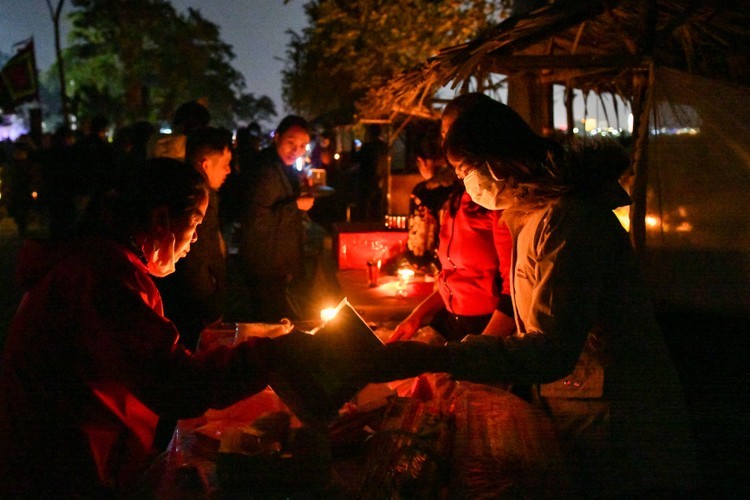 |
| Participants avoid talking or laughing loudly for fear of frightening the souls. Photo: Giaoducthoidai |
At the entrance of the market, there is a basin of water where attendees check whether the money they are receiving for the deceased is real or fake.
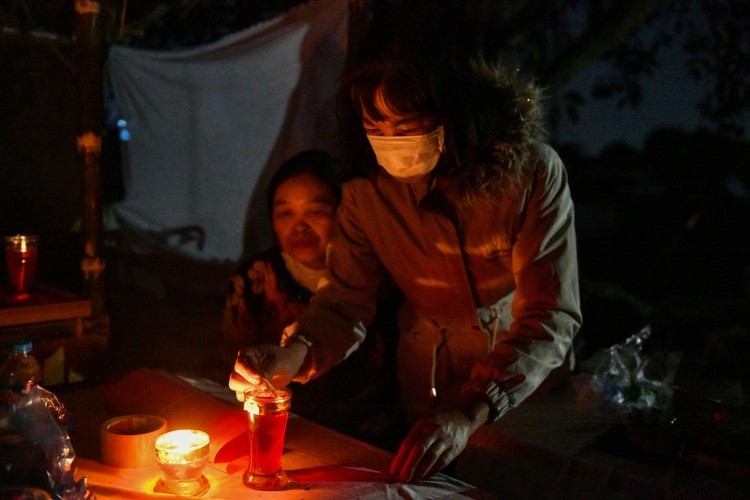 |
| The Yin Yang Market is a cultural activity that reflects the folk beliefs of the Kinh Bac people. Photo: Giaoducthoidai |
Bac Ninh, located approximately 30km from Hanoi, is an intriguing destination for both local and foreign tourists. The city is renowned for its Quan Ho folk songs. Visitors can explore Bac Ninh throughout the year, but the spring season is particularly special due to the abundance of festivals held in the province.
Bac Ninh was once a prominent trade center in Vietnam from the 2nd to the 10th century. It is also known as the birthplace of Buddhism in the region. Buddhism flourished during the Ly Dynasty, leaving behind a rich heritage of old pagodas and temples that reflect the cultural and architectural characteristics of Buddhism. Some notable sites include Keo Pagoda, Dau Pagoda, But Thap Pagoda, Phat Tich Pagoda, and Do Temple. These ancient structures are a valuable cultural treasure that has been passed down for generations, evoking a sense of pride among the people of Bac Ninh, who are dedicated to their preservation.

